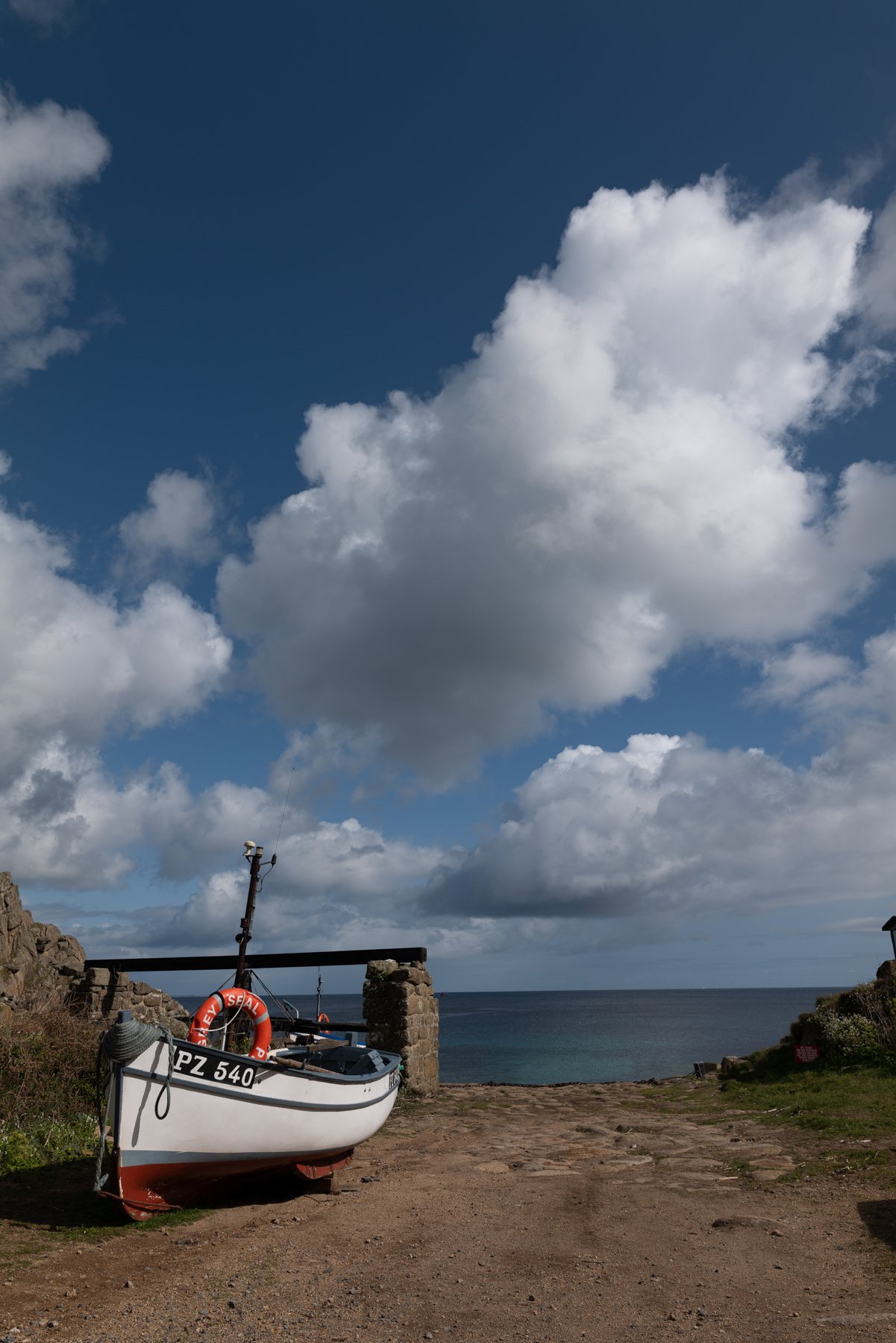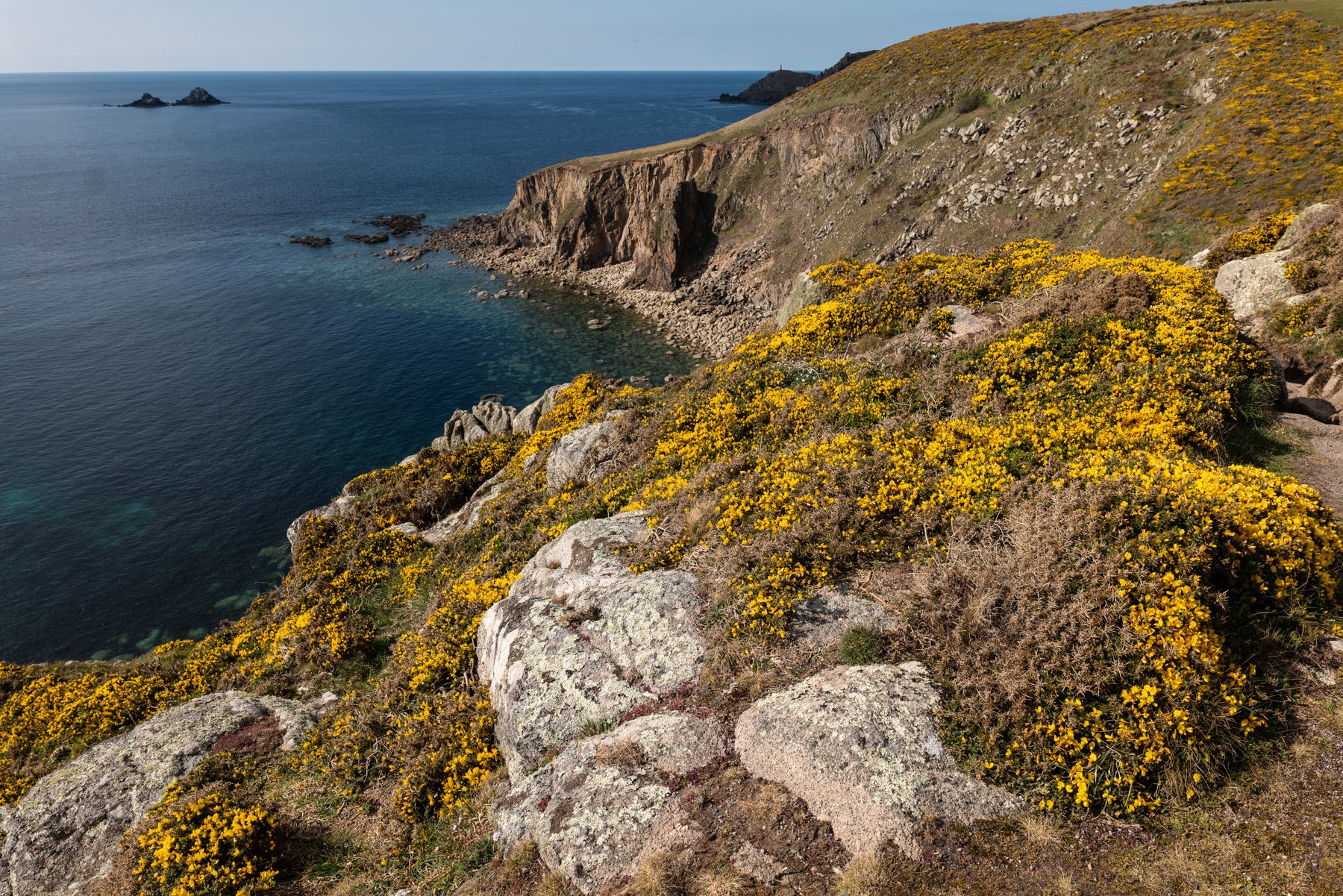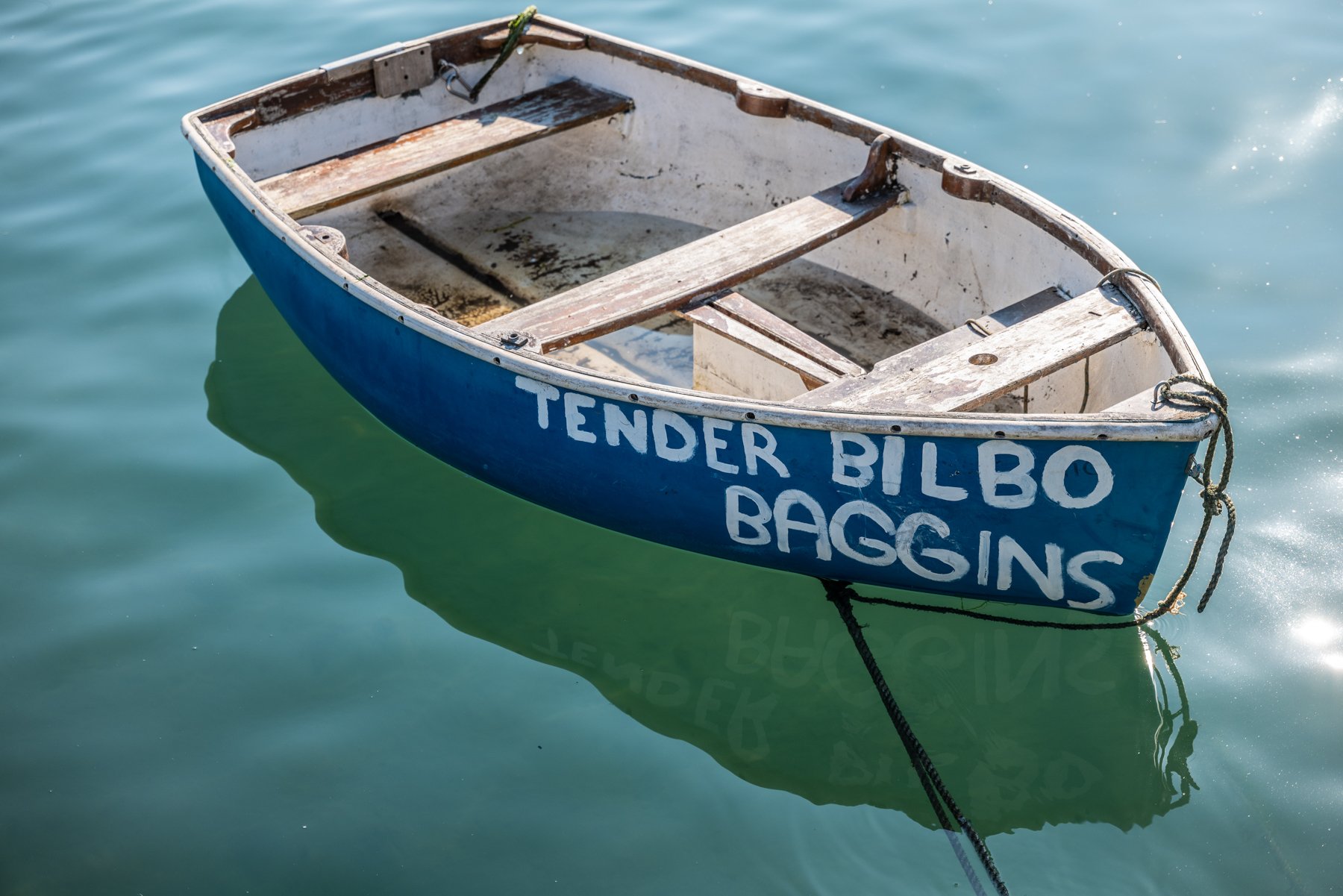THE LEICA VARIO-ELMARIT-SL24-70MM F/2 .8 ASPH
Here it is, Leica has just announced the new Vario-Elmarit- SL 24-70mm f/2.8 ASPH for L-Mount cameras. It's smaller and 300 grams lighter than the 24-90mm, has a constant f/2.8 aperture and is only a little bit more than half the price of it's bigger sibling. Even cheaper if you buy it as a kit with the SL2 or SL2-S.
Conventional wisdom would have made such a lens both bigger and more expensive than the 24-90, so what's the story? A careful examination of the lens body gives a clue: "Made in Japan" (all the other SL lenses are "Made in Germany").
Leica has had successful collaborations for many of their products over the years, more recently with the D-Lux and V-Lux cameras. Lens collaborations with Konica, Minolta, Kyocera, Zeiss, Schneider and Sigma have all resulted in fine lenses over the years, sometimes at more 'sensible' prices than Leica originals.
In this article I'm going to look at the new lens with relation to the existing 24-90 zoom in the hope that it will help photographers make a reasoned decision about which they should buy, or whether they might need both.
DESIGN
The new lens has an all-metal construction and looks exactly like the other members of the Leica SL zoom range. It has an 82mm front element like all the other zooms do. It is weather-sealed and has a beautiful metal petal shaped lens hood (slightly ironic that the other Leica zooms have plastic lens hoods!). The lens hood actually works well on the 24-90mm without causing vignetting. The lens is manufactured in accordance with Leica tolerances and QA requirements.
It also focuses extremely close. As is often the case, it focuses closer at wide angle. More unusually, the reproduction ratio is greater at the wide angle end: 1:2.9 at 24mm and 1:4.5 at 70mm. In contrast, the 24-90 is 1:7.2 at 24mm and 1:3.8 at 90mm.
The Leica Vario-Elmarit-SL does not have buttons for AF/ MF focus lock and zoom lock, however the manual focus over-ride works really well on the SL cameras and in my view makes the buttons redundant. By touching the manual focus ring, you can invoke manual focus or focus lock at any time. I guess it might be more of an omission if the lens was used on another brand of L-Mount camera.
The lens does not have Image Stabilisation - which might be a disappointment using it on the SL (Typ 601) - but as the newer models have IBIS, it doesn't feel like a problem. It would inevitably have been larger and heavier if it did have it. Another slight irritation is that the zoom ring works the other way around compared to the rest of the Leica zoom lenses.
constant aperture vs. variable aperture
A constant aperture zoom lens is one (like this Leica 24-70 f/2.8) where the aperture does not change as you increase the focal length. A variable Aperture zoom is one where it does change (like the Leica 24- 90 f/2.8-f/4).
Traditionally variable aperture zoom lenses were cheaper and smaller than constant aperture lenses, however Peter Karbe once explained to me that in designing a zoom lens you either had a variable aperture or you were forced to 'throw away' the opportunity of a larger aperture at the wider end. He felt this was a waste, and I'm inclined to agree. Certainly there is nothing 'cheap' (or small) about the design of the 24-90mm. Leica made the best lens they possibly could, but decided not to make it a constant f/4 (which of course it could be).
There are various reasons why constant aperture lenses are considered to be advantageous - some reasons are better than others! Definitely there is a snobbery amongst some photographers, probably fuelled by the fact that the most expensive zoom lens from any manufacturer is usually of constant aperture.
For video recording you certainly don't want the exposure to change when you zoom in or out. So this lens will be a welcome addition for video photographers who would have had to limit themselves to an aperture of f/4 or smaller when shooting with the 24-90mm.




Stills photographers, many of whom shoot with manual settings would also say that they need a constant aperture, but it seems to me that this is a problem from the days of film, where the ISO value was fixed (and the low light performance pretty poor).
These days if you want to shoot with manual exposure in low light - for example a concert when you want to set the slowest sensible shutter speed and a suitable aperture - then you can use the Auto ISO feature to ensure the correct exposure, and, unlike video, it doesn't matter if this changes when you zoom in and out (and of course it will be advantageous to have the widest aperture possible available).
IMAGE QUALITY The image quality with the 24-70mm Vario- Elmarit-SL is quite excellent. The lens is sharp at all apertures and focal lengths. Like all zooms there is a little fall off towards the corners, but it's never serious. Being so good wide open, there isn't a great deal of benefit to be had by stopping down. Like many mid-range zooms, sharpness drops a little at the telephoto end.
I've done detailed comparisons between the new 24-70mm and the older 24-90mm. I shot a series of images at 24, 35, 50, 70mm and f/2.8 (or the largest aperture available in the case of the 24-90mm), f/5.6 and f/8. One setup was a brick wall at about 3 metres and the other a poplar tree at about 40 metres.
1. chromatic aberration -Both lenses are admirable in this context - even tree branches against a grey background seem to be okay - I think it's a draw.
2. colour - Shooting daylight white balance (in the daylight) I think that the 24-70 has a very slight yellowness compared to the excellent colour on the 24-90 - nothing in it again.
3. flare - I spend a lot of time shooting into the sun, and both of these lenses perform admirably in very difficult lighting.
4. bokeh - It's very difficult to make any real judgements here, but my instinct is that the bokeh on the 24-90 is a little more 'nervous' than the 24-70.
5. resolution / sharpness - I was really expecting the 24-90 to be sharper right down the line, but it is very nuanced and the difference quite small (as you might expect by looking at their respective MTF charts). Both lenses performed extremely well at all focal lengths.
I've come to the conclusion that the 24-90mm is slightly better, especially at longer focal lengths, but it's a very close call. At 24mm the 24-70mm is sharper at the corners and the 24- 90mm sharper at the centre. By 35mm the 24-90mm is slightly sharper at the corners; it's a dead heat at centre. By 50mm the 24-90mm is a little better and by 70mm it is noticeably better if you really look. The 24-90mm is still excellent at 90mm at all apertures.
It should be emphasised that both lenses are extremely good at all focal lengths and apertures, and I think it's vanishingly unlikely that these small diff erences would make the difference between a good shot and a failure.
which should i buy?
Th e big question! In terms of image quality the difference is small enough not to matter, but I suppose that shooting landscape I would probably prefer to use the 24-90mm, partly because of the longer range and partly because of the sharper corners.
If you are contemplating buying into the Leica SL system then I really think that the new kits with either the SL2 or SL2-S are a 'no-brainer'. And, if you plan to shoot a lot of video, especially in low light, then the 24-70mm with it's constant aperture is a definite attraction.
For event shooting, weddings and concerts, I think I'd still use the 24-90mm for it's longer range, but there is a real argument for using the new, lighter lens if you are going to have to carry it about all day!
CONCLUSION
The new lens certainly feels and operates just like any of the other SL lenses, the only real distinction is the "Made in Japan" engraved on the body. Most SL users would prefer to have a Leica lens, and if Leica can achieve it this way, I hope that they do more collaborations in the future. The L-Mount is really gathering momentum, but there are lots of users who would like Leica telephotos and extreme wide angle, and this is a great way to achieve it.
The 24-70mm Vario-Elmarit-SL is a fine lens and a welcome addition to the stable of SL zoom lenses. The image quality is really good, it has lovely bokeh and is great for close up. The build quality is just what one expects from Leica and the lens handles very nicely on any of the SL cameras. The lens is compact and relatively lightweight and very well priced. It also has a constant aperture which will be welcome for videographers. What's not to like!






